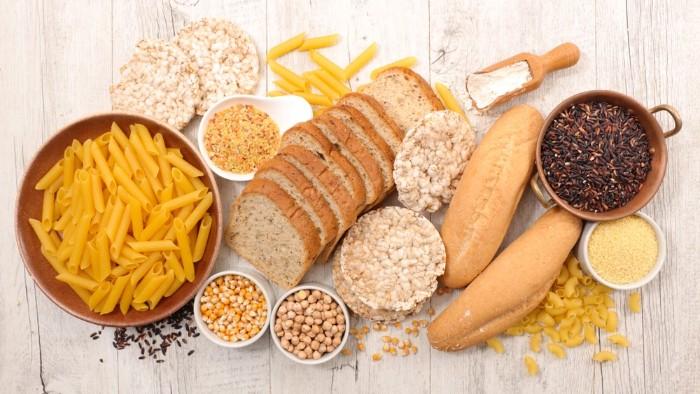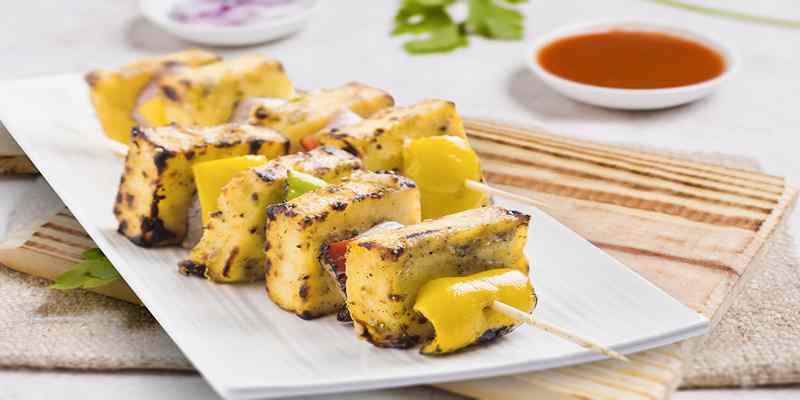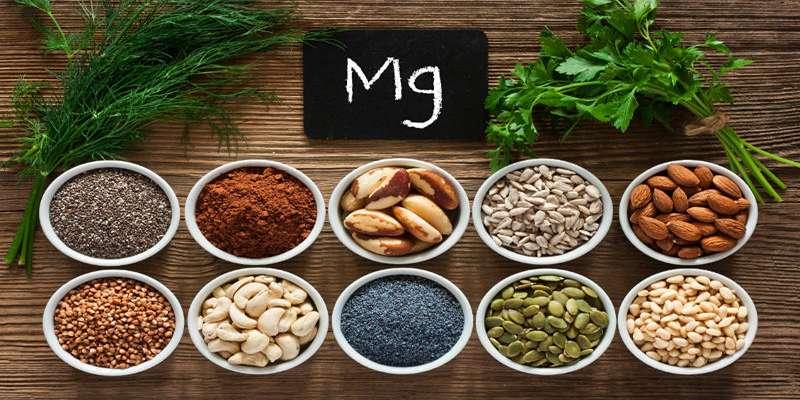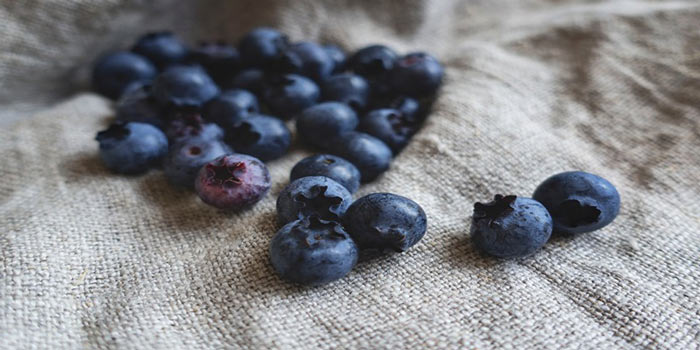Eating a gluten-free diet can be intimidating - but it doesn't have to be! You don't have to miss out on your favorite foods or limit yourself due to food restrictions. There are plenty of delicious dishes that you can prepare, even with the restriction of avoiding gluten in your diet.
In this blog post, we will discuss what gluten is and how it impacts people who must avoid it for various health reasons. We’ll explore some incredibly tasty options available for those with dietary restrictions caused by a sensitivity or intolerance to gluten.
Saying goodbye to many staples like wheat products does not mean giving up entirely. There are exciting and flavorful possibilities waiting just around the corner.
Understand What Gluten-Free Means
For those who must adhere to a gluten-free diet, it helps to understand exactly what gluten is and which foods contain it. Gluten is a protein found in wheat, barley, and rye. Naturally, gluten-free foods include fruits, vegetables, beans, dairy products, eggs, nuts, and seeds. Foods made with gluten-free grains and starches, such as rice, quinoa, corn, and potatoes, are also safe to eat.
Grains & Starches
Those on a gluten-free diet can still enjoy a variety of grains and starches as part of their meals. Foods like oats (unless labeled “gluten-free”), quinoa, rice, tapioca, sorghum, cornmeal, buckwheat, arrowroot, and amaranth are all acceptable options.
Breads & Flours

If you’re missing the comfort of a loaf of bread or muffin with your meal, gluten-free alternatives can help to fill the void. Foods like gluten-free bread, crackers, and cereals can be purchased ready-made or made from scratch with a gluten-free flour such as almond flour, coconut flour, rice flour, millet flour, and buckwheat four.
Proteins
In addition to grains and starches, proteins are also part of a gluten-free diet. Foods like lean meats, fish, poultry, and eggs provide essential nutrients that support a balanced diet; for those who stick to a plant-based diet, lentils, beans, and soy products can be used as protein sources instead.
Fruits & Vegetables
The foundation for a healthy gluten-free diet can be found in fruits and vegetables. Foods like apples, oranges, bananas, berries, carrots, spinach, and other green leafy vegetables provide essential vitamins and minerals for good health.
Dairy Products
Dairy products such as milk, cheese, and yogurt are also part of a gluten-free diet. Be sure to read labels carefully, however, as some dairy products may contain small amounts of gluten.
Replace Wheat Products with this Alternative
Plenty of delicious and nutritious options exist for those who must follow a gluten-free diet. Foods like quinoa, rice, potatoes, cornmeal, buckwheat, amaranth, and millet can replace traditional wheat products. Fruits and vegetables such as apples, oranges, bananas, carrots, spinach, and other green leafy vegetables are also part of a healthy gluten-free diet.
Protein sources like lean meats, fish, poultry, eggs, and plant-based alternatives such as lentils, beans, and soy products can provide additional nutrition too. Finally, dairy products such as milk, cheese, and yogurt are acceptable options – just be sure to read labels carefully for any hidden gluten-containing ingredients.
With these delicious alternatives, you can create various gluten-free meals that will satisfy your taste buds and fuel your body. So remember, even if you have to give up wheat products, there is still an abundance of tasty options available for those with dietary restrictions caused by sensitivity or intolerance to gluten.
Try New Recipes with Gluten-Free Ingredients

Once you understand what gluten-free means, the next step is to start experimenting with new recipes. Foods like quinoa, rice, potatoes, cornmeal, buckwheat, amaranth, and millet can be substituted for traditional wheat products in many dishes and baked goods.
Exploring different flavors with your favorite fruits and vegetables offers many options too. Additionally, many gluten-free flours can be used to make pancakes, muffins, bread, and more.
You don’t have to restrict yourself from eating out either; most restaurants now offer gluten-free options. Whether you stick to staples like sandwiches, burgers, and pizzas or explore other cuisines, plenty of delicious options are available that fit the bill.
You can enjoy many delicious foods while following a gluten-free diet with a little experimentation and creativity. So don’t be afraid to try new recipes – they may become your favorites.
Eating a gluten-free diet doesn’t have to be an overwhelming task. With the right knowledge and resources, you can make delicious meals that fit your dietary restrictions while maintaining a balanced diet. Foods like lean meats, fish, poultry, eggs, fruits, vegetables, and items made with gluten-free flour can be enjoyed while still receiving essential vitamins and minerals. Plus, with so many restaurants now offering gluten-free options, you don’t have to miss out on the fun of dining out, either.
FAQs
What foods are allowed and not allowed on a gluten-free diet?
Foods allowed on a gluten-free diet include fruits and vegetables, dairy products, lean meats, fish, poultry, eggs, lentils, beans, soy products, and grains such as quinoa, rice, potatoes, cornmeal buckwheat, and amaranth.
Foods not allowed on a gluten-free diet include wheat (including spelled durum and semolina), rye, barley, oats, and any food items containing wheat as an ingredient.
Can I eat bread on a gluten-free diet?
Yes! Many delicious and nutritious gluten-free bread options are available at most grocery stores. Be sure to read the labels carefully for any hidden ingredients that may contain gluten.
What are some tips for eating out on a gluten-free diet?
When eating out, it is important to always ask the server or chef about the ingredients and preparation methods of dishes. Most restaurants now offer gluten-free options, so don’t hesitate to ask.
Conclusion
You can enjoy many nutritious and delicious foods on a gluten-free diet. Everyone’s situation is unique, so it’s important to work with a doctor or nutritionist to determine which dietary restrictions apply to you and create an eating plan that works for your lifestyle and health.
Experimenting with different ingredients and flavor combinations can also help make the transition to a new way of eating appear less daunting.




